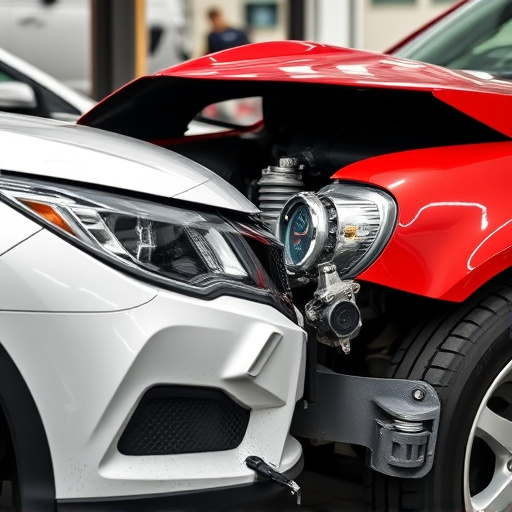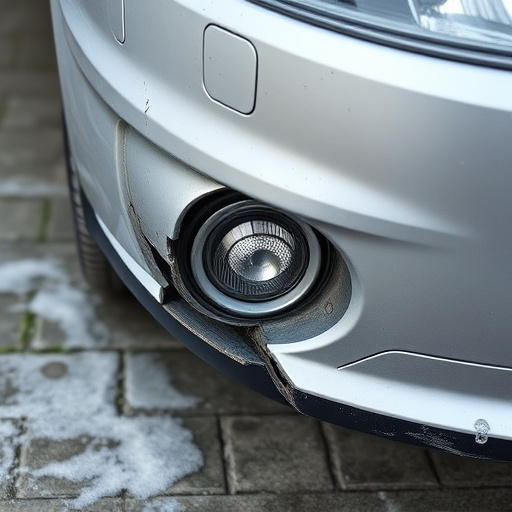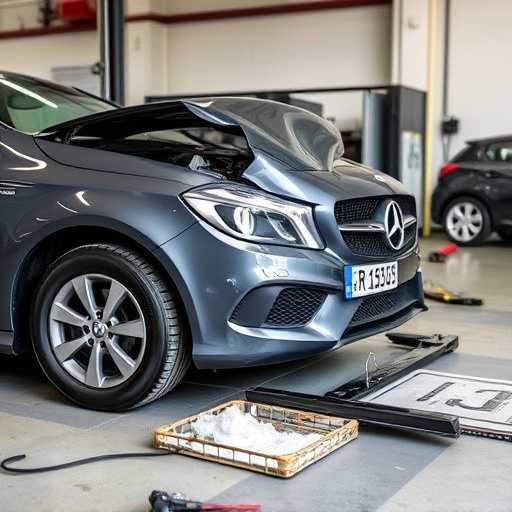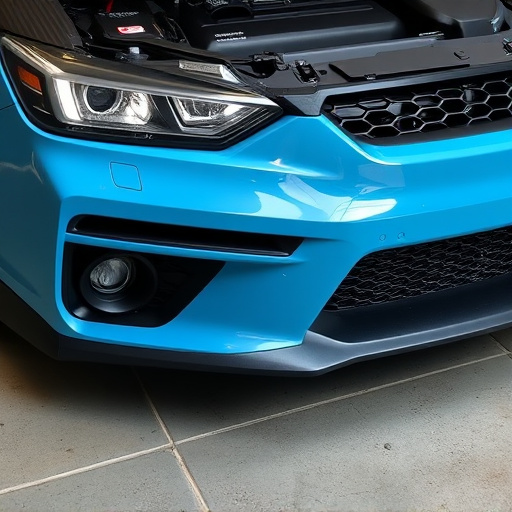Taillights, vital for vehicle safety, often face damage from accidents, weather, and wear. Repairs and replacements are available for various issues, but replacing bulbs and wiring offers quick fixes. New taillights provide LED technology for better light output, enhanced safety, and improved aesthetics. Repair vs. replacement depends on damage severity, budget, vehicle age, and cost comparison.
When your car’s taillights start to malfunction, deciding between repair and replacement can be tricky. This article guides you through the process, helping you understand common taillight damage, the benefits of replacing old lights, and providing a step-by-step approach to make an informed choice. Whether repairing or replacing, ensure optimal safety and aesthetic appeal for your vehicle. Learn how to navigate this decision in the world of taillight repair and replacement today.
- Understanding Taillight Damage: Common Issues and Repairable Components
- Benefits of Replacing Old Taillights: Enhanced Safety and Aesthetics
- Step-by-Step Guide: Choosing Between Repair and Replacement
Understanding Taillight Damage: Common Issues and Repairable Components

Understanding Taillight Damage: Common Issues and Repairable Components
Taillights are an essential component of a vehicle’s safety features, signaling turns, braking, and backing up. Over time, they can suffer from various damages due to accidents, harsh weather conditions, or simple wear and tear. Common issues include cracked or broken lenses, burnt-out bulbs, faulty wiring, and loose connections. Fortunately, many taillight components are repairable or replaceable, allowing for cost-effective solutions without always requiring a full replacement.
While some damages might be beyond repair, such as severely cracked plastic housings, various car body repair techniques like dent repair or paintless dent repair can restore the taillights to their original condition. For instance, minor dents or scratches on the housing can often be fixed with specialized tools and expertise, preserving the light’s functionality and aesthetic appeal. Additionally, replacing bulbs and wiring is relatively straightforward compared to full taillight replacements, making it a cost-effective solution for less severe damages.
Benefits of Replacing Old Taillights: Enhanced Safety and Aesthetics

When considering whether to repair or replace old taillights, it’s essential to look beyond mere cost and explore the broader implications for safety and aesthetics. While a taillight repair might seem like a quick fix, it often leaves the light source compromised, potentially affecting both brightness and clarity. This can be problematic, especially during low-light conditions or in adverse weather, as dim or cloudy taillights significantly reduce visibility for other drivers.
A full taillight replacement offers several advantages. New taillights are designed with enhanced safety features, such as improved LED technology that provides brighter, more consistent light output. Moreover, they contribute to better overall aesthetics, ensuring your vehicle looks its best on the road. In a collision center or automotive body work shop, professionals can quickly install high-quality auto glass repair parts, enhancing both safety and the car’s curb appeal.
Step-by-Step Guide: Choosing Between Repair and Replacement
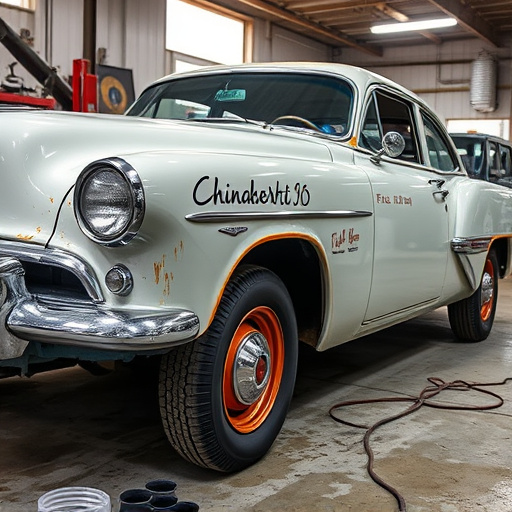
Choosing between repairing or replacing your taillights depends on various factors. Let’s break it down into a step-by-step guide. First, assess the extent of damage. If the taillight is cracked, burnt out, or severely discolored, replacement might be the better option. On the other hand, if it’s merely foggy or slightly damaged, repair could extend its lifespan.
Consider your budget and the age of your vehicle. For classic car restoration projects, repairs can be a more economical choice, as finding exact replacements may be challenging. However, for modern vehicles like Mercedes Benz models needing collision repair, replacement parts are often readily available from reputable automotive suppliers. Compare costs for both options, including labor, to make an informed decision that aligns with your vehicle’s needs and your budget.
When deciding between taillight repair and replacement, consider both safety and aesthetic improvements. If your taillights are damaged but still functional, repairing specific components can be a cost-effective solution. However, for outdated or severely damaged taillights, full replacement offers enhanced safety benefits and a fresh, modern look. By understanding the differences and following a step-by-step guide, you can make an informed decision tailored to your vehicle’s needs.


